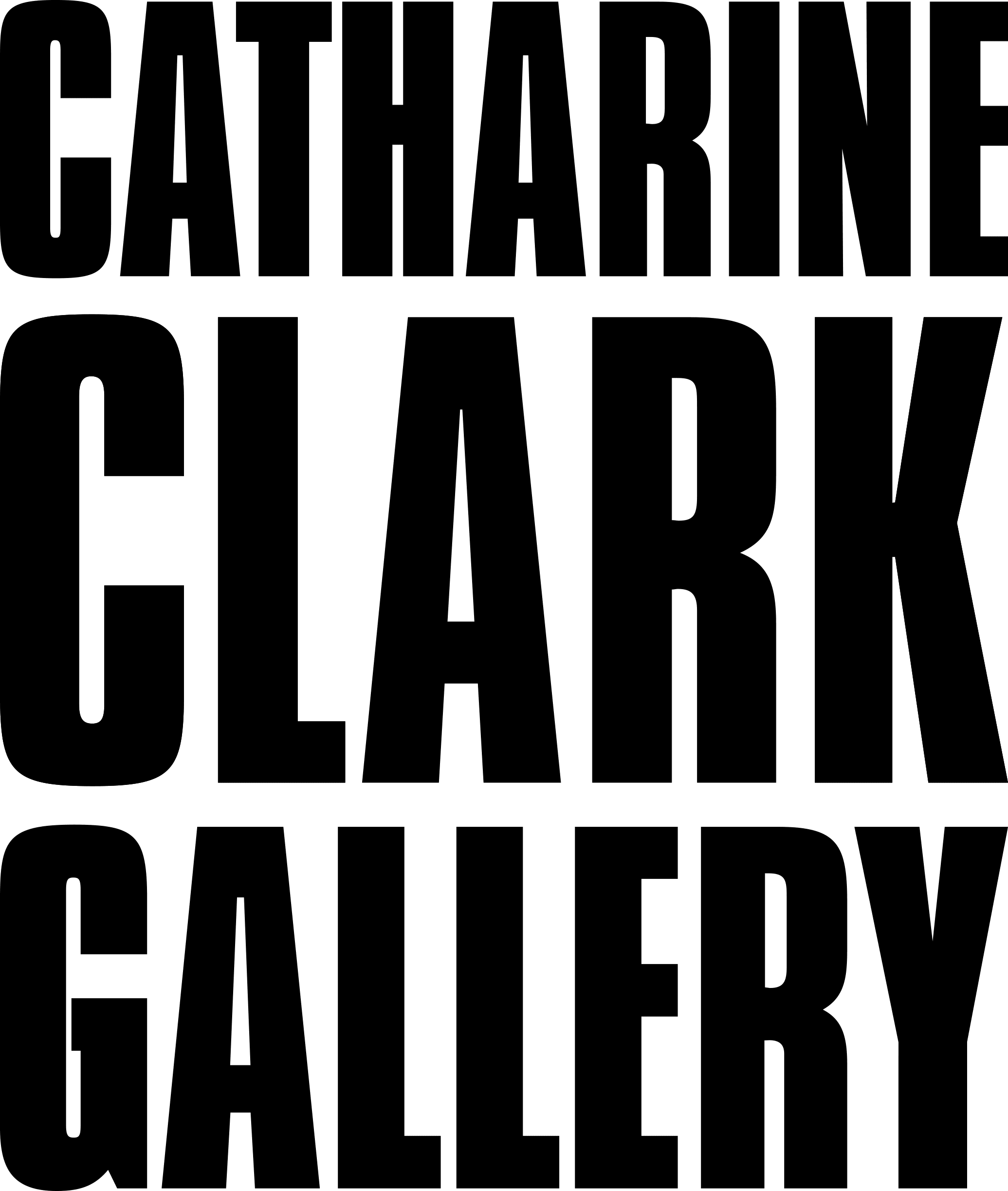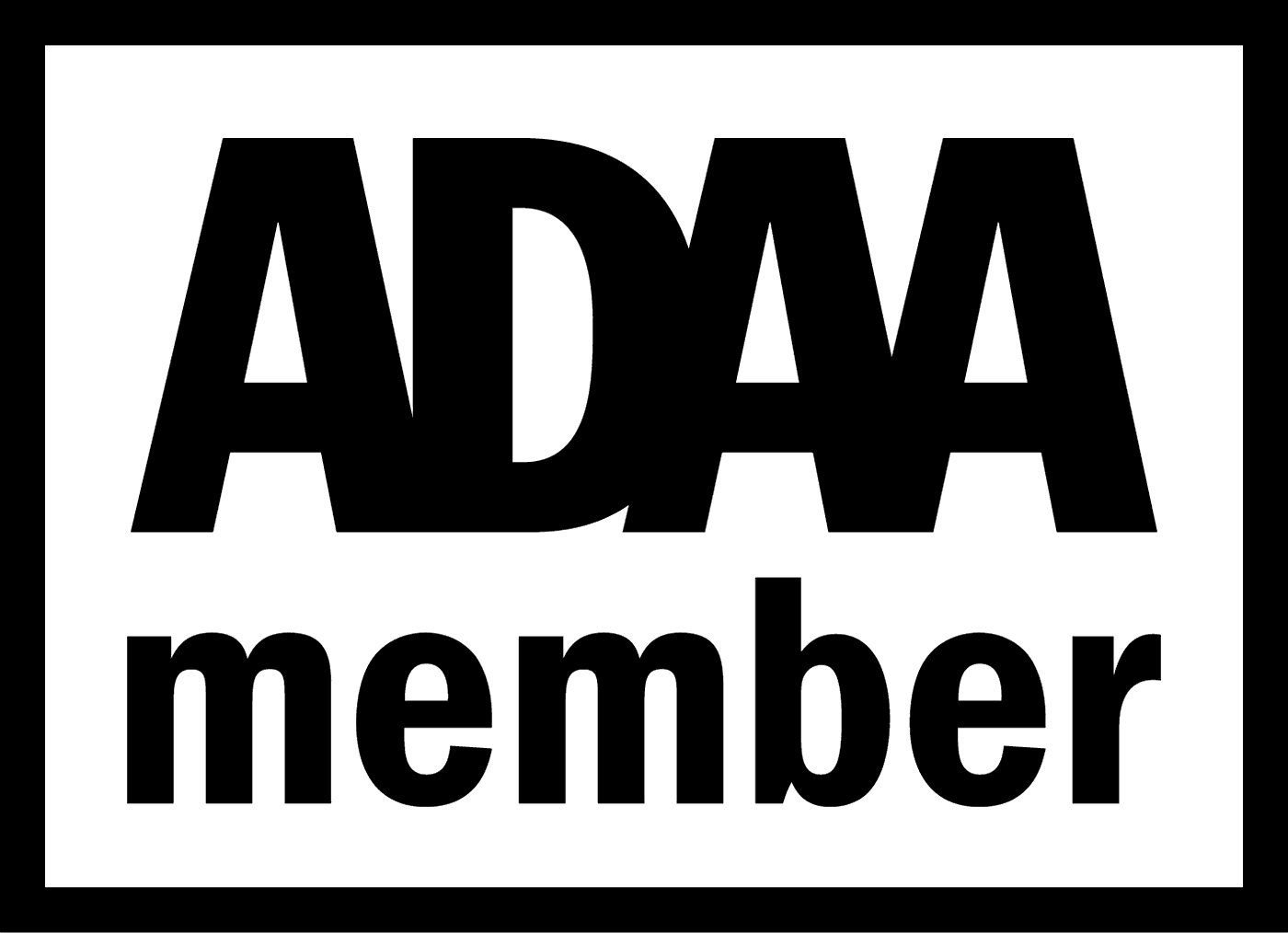Chris Doyle | The Parables of Correction
On view September 12 – October 17, 2020
Opening celebration: Saturday, September 12 from 11am – 5pm
*Please Note: while the artist will not be present for the opening, gallery staff will be offering full walkthroughs of the show
San Francisco, CA: Catharine Clark Gallery opens its Fall 2020 program with The Parables of Correction, a solo exhibition of animations and paintings by Chris Doyle. The artist’s previous exhibition, Hollow and Swell (2017), considered the relationship between labor and industry, as well as its impacts on built and natural environments, in part as a response to Hudson River School painter Thomas Cole’s iconic five-part series The Course of Empire (1833 – 1836). Doyle’s recent work expands on these themes while offering a deeper meditation on how we relate to slowness, work, and the tensions between progress and inertia, all of which have become even more tenuous in light of Covid-19.
The artist writes that “animation is a slow, laborious process to bring life to the in-animate. Each frame corrects the one before it, and its motion builds incrementally, creating an illusion that objects and time are moving forward. With this body of work, I wanted to understand my own relationship to ‘labor’ as a driving force to create.”
The Parables of Correction is comprised of sixteen animations that transport viewers to a vibrant but phantasmagoric world where monstrous humanoids operate strange machines that produce unknown, neon-colored substances that ricochet and travel across a dense network of arteries and apertures. Doyle writes that each animation depicts a ”workstation within an imagined factory. Like organs in a body, each station has its own function that serves a larger, interconnected system”. Across these animations, viewers watch the lifespan of a material unfold as it’s manufactured by one part of a system, transported to another, transformed into energy, and eventually reduced to waste – only to be recycled and for the process to begin again.
The Technicolor factories in Doyle’s animations are comically bizarre, and the cartoonish soundtrack – which combines mechanical sounds with squeaks, boings, and gongs – evokes classic slapstick films like Charlie Chaplin’s Modern Times (1936), a film that also found an absurdist humor in labor and its pitfalls. The Parables of Correction, however, raises serious questions about sustainability and the very real costs of social, political, and economic systems that ask people “work more and harder” with no clear end in sight. In one animation, an automaton operates a machine that spits out two blue and green globes – resembling the Earth – from opposite ends. The globes draw closer until they collide and explode into pool of streaming green liquid. As the liquid drains out, the automaton engages the machine again, spitting out two more globes that yet again collide and explode in an ongoing cycle of global and implied environmental destruction.
Alternative perspectives on the world described in the animations, both macro and micro, can be seen in a new series of watercolors and enamel paintings on panel. Richly evocative in their own right, Doyle’s paintings shift the viewer’s focus to the intricate details within the animations – the nodes, tendrils, and lattices that comprise the complex environments of The Parables of Correction. A suite of enamel paintings in the show activates through augmented reality, an added layer that blurs the line between digital and analog, and machine-produced with handmade.
Join us for an informal opening day celebration on Saturday, September 12 from 11am - 5pm. We will be observing social distancing and limited capacity, with masks required for entry. While Doyle will not be able to attend the opening, staff will be happy to walk visitors through the exhibition. Click the following link to view a video interview between Doyle and gallery director Anton Stuebner (recorded in April 2020), in which Doyle discusses his inspirations for his upcoming show: https://www.instagram.com/tv/CEnbEw0l6bx/
Doyle writes that:
"Memento Vivere was commissioned by CAP UCLA to commemorate the 100th anniversary of the founding of the University. With that idea of commemoration in mind, the project began with the intention to reimagine the form that a public artwork might take in a contemporary world. In December of 2019, 60 students from UCLA joined me in an improvisational video experiment. All were asked to perform a physical gesture that was in some way connected to their own relationship to time with a general idea that we would find a way to assemble a clock that would celebrate the centenary.
As the project evolved, the world changed with the onset of the Covid pandemic. At that point, whatever our own relationship to time might have been, we all have had to acknowledge that along with everything else in our world, our experience of time has changed profoundly. The intent to harken back to the town clock in the public square by projecting our clock at a variety of sites around the UCLA campus was put on hold, and the clock has shifted to become something of a living memento, marking not only the 100th birthday of the University, but a moment when the ground has shifted beneath our feet."
Click the following link to download Memento Vivere via the app store: https://apps.apple.com/us/app/memento-vivere/id1513252586



